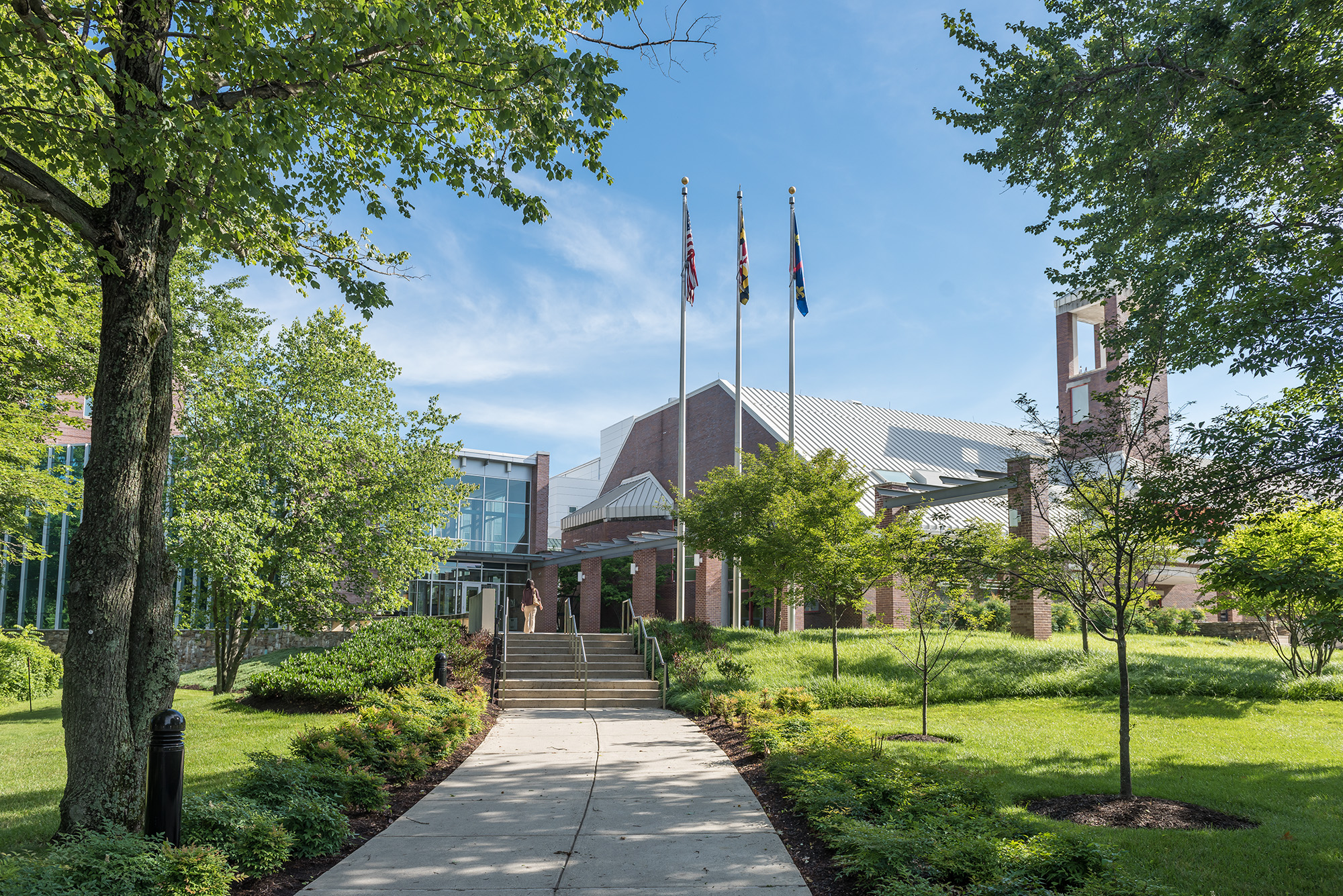
Gilad Ofek
Associate Professor
Ofek Group (240) 314-6458 gofek@umd.eduDr. Gilad Ofek’s research interests lie in understanding the structural organization of viruses and their recognition and neutralization by molecules of the immune system. Of particular interest are the Ebola and HIV-1 viruses. The Ofek lab employs the tools of structural biology to better understand immunological function and the pathways by which effective, and ineffective, antibody responses develop against these viruses in the context of natural infection and vaccination. Durable, broadly protective immune responses are of special interest, as are mechanisms by which viruses escape immune recognition and neutralization.
A close understanding of neutralizing antibody recognition of viral pathogens also helps to inform the development of vaccines and immunotherapies, an additional interest of the Ofek lab. Vaccines induce the immune system to develop a cascade of immune responses that act to protect an individual host from future infection. A key component of such vaccines is the induction of B cells that encode highly specific neutralizing antibodies that inhibit virus entry into host cells. As such, structural characterization of neutralizing antibodies and their recognition of viral surface glycoproteins (their main targets) provides a high-resolution antigenic map that pinpoints specific regions on the glycoproteins that are susceptible to effective immune attack. Such information provides a template for the rational design of vaccines aimed at inducing B cells that produce antibodies with similar specificities upon inoculation. The pathways by which such B cells develop helps to identify critical junctures in their development that result in virus neutralization.
CURRENT RESEARCH
Antibody Recognition of Filovirus Surface Glycoproteins

Janus et al. (2018) Nature Communications
https://doi.org/10.1038/s41467-018-06113-4
Structural definition of antibody recognition of viral surface glycoproteins provides a wealth of information on critical interactions between an antibody and its viral target. One goal of the Ofek lab is to study the structures of neutralizing antibodies against filoviruses, including Ebola, in order to provide insight into critical molecular determinants of virus recognition and neutralization. Recently, the Ofek group determined the crystal structure of a broad and potent antibody, CA45, bound to its Ebola surface glycoprotein (GP) target (Janus et al. 2018. Nature Communications). Since this antibody is capable of neutralizing nearly all known ebolaviruses, the structure enabled the definition of a highly conserved and select interface on Ebola GP that confers broad antibody recognition and neutralization. As such, it has defined an ideal target which is being utilized for the development of broadly-effective vaccines and immunotherapeutics against ebolaviruses as a whole.
Induction of Novel Filovirus Neutralizing Antibodies
To establish effective vaccine regimens and define additional targets on filoviruses for broad and potent neutralizing antibodies, the Ofek lab is investigating vaccine immunization strategies in animal models. When broad and potent serum titers are successfully induced, the lab is isolating and characterizing novel panels of antibodies that are helping to define novel targets on GP susceptible to recognition by neutralizing antibodies. Of particular interest are induced antibodies with cross-species neutralization and protective breadth that define highly conserved regions on GP. Such regions are often conserved due to functional constraints and are thus thought to be less prone to viral escape. Longitudinal samples from animal studies are also being utilized to understand the pathways by which antibody lineages of interest are induced upon vaccination.
Publications
- HIV. Expanding the breadth of an HIV-1 vaccine.
- Stapled HIV-1 peptides recapitulate antigenic structures and engage broadly neutralizing antibodies.
- Structure and immune recognition of trimeric pre-fusion HIV-1 Env.
- Transplanting supersites of HIV-1 vulnerability.
- Antibodies VRC01 and 10E8 neutralize HIV-1 with high breadth and potency even with Ig-framework regions substantially reverted to germline.
- Structural basis for HIV-1 neutralization by 2F5-like antibodies m66 and m66.6.
- Delineating antibody recognition in polyclonal sera from patterns of HIV-1 isolate neutralization.
- Mining the antibodyome for HIV-1-neutralizing antibodies with next-generation sequencing and phylogenetic pairing of heavy/light chains.
- Broad and potent neutralization of HIV-1 by a gp41-specific human antibody.
- Somatic Populations of PGT135-137 HIV-1-Neutralizing Antibodies Identified by 454 Pyrosequencing and Bioinformatics.
- The effect of remodelling and contractility of the actin cytoskeleton on the shear resistance of single cells: a computational and experimental investigation.
- Induction of antibodies in rhesus macaques that recognize a fusion-intermediate conformation of HIV-1 gp41.
- Novel application of cytodetachment technology to the analysis of dental implant surfaces.
- Antibody mechanics on a membrane-bound HIV segment essential for GP41-targeted viral neutralization.
- Cross-reactive HIV-1-neutralizing human monoclonal antibodies identified from a patient with 2F5-like antibodies.
- Development of chondroitin sulfate encapsulated PLGA microsphere delivery systems with controllable multiple burst releases for treating osteoarthritis.
- Heterologous epitope-scaffold prime:boosting immuno-focuses B cell responses to the HIV-1 gp41 2F5 neutralization determinant.
- Unique biomechanical interactions between myeloma cells and bone marrow stroma cells.
- Contribution of the cytoskeleton to the compressive properties and recovery behavior of single cells.
- Biomechanics of single chondrocytes under direct shear.
- Mechanical characterization of differentiated human embryonic stem cells.
- In situ mechanical properties of the chondrocyte cytoplasm and nucleus.
